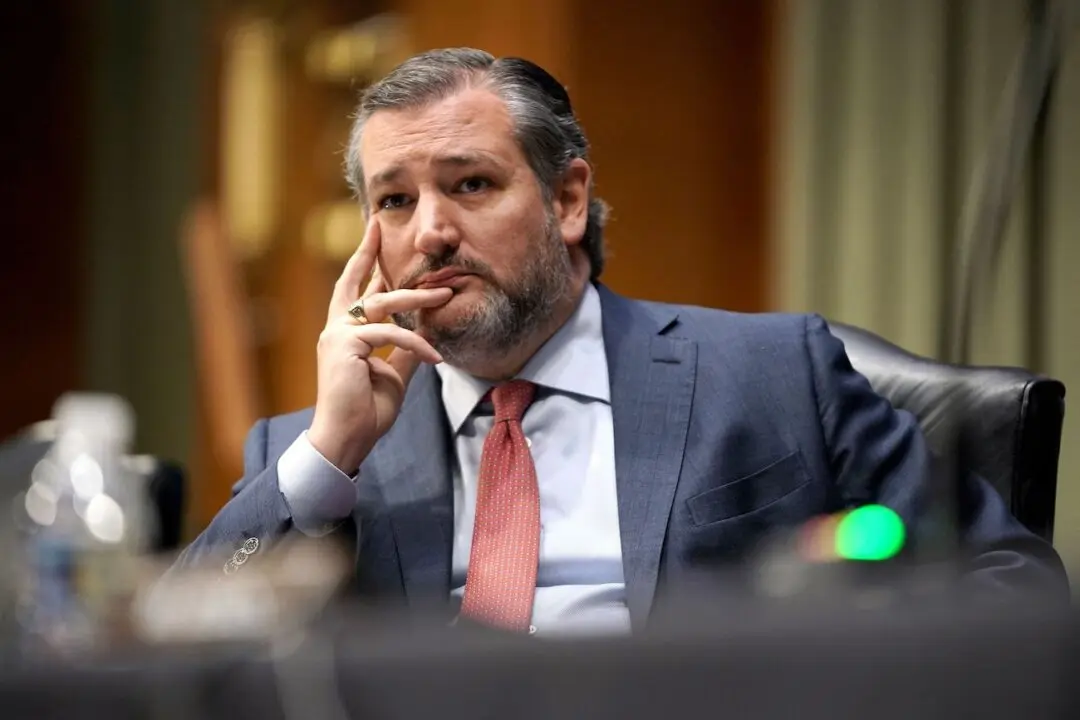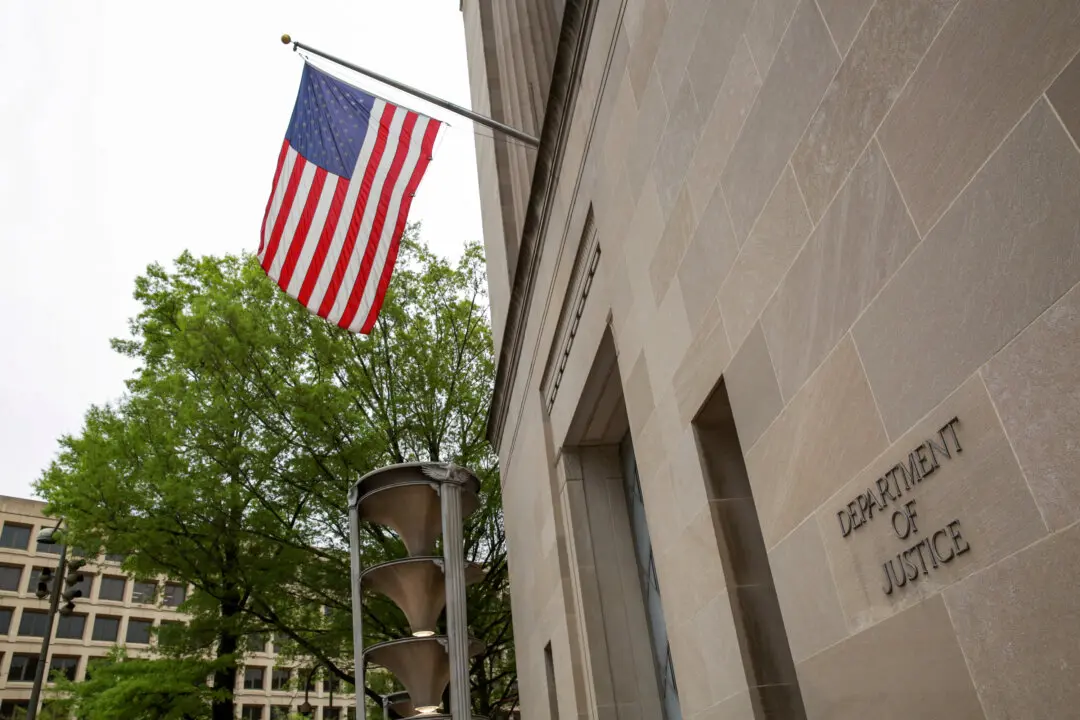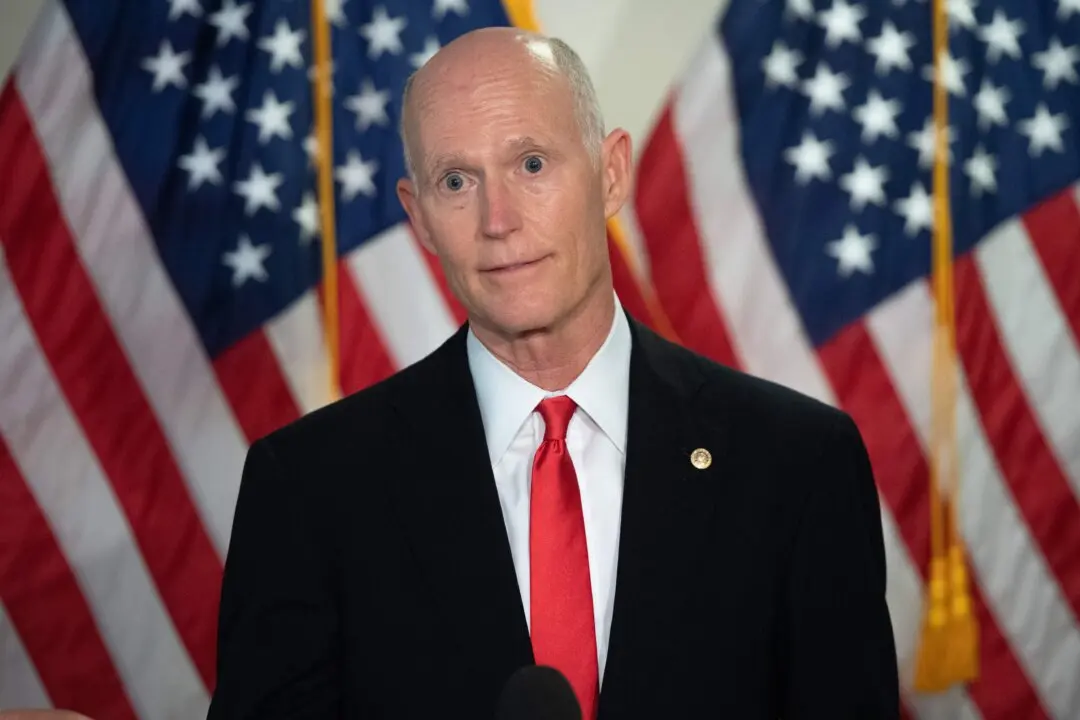Americans’ levels of optimism about their current and future personal financial situation have reached or are near record highs, according to a recent Gallup poll.
Fifty-nine percent, or nearly 6 in 10, Americans say they are financially better off now than they were a year ago, which is an increase from 50 percent last year, according to polling data released Feb. 5. The prior record for the same question was in January 1999, at 58 percent, during the “dot-com” boom, when economic conditions were similar.




